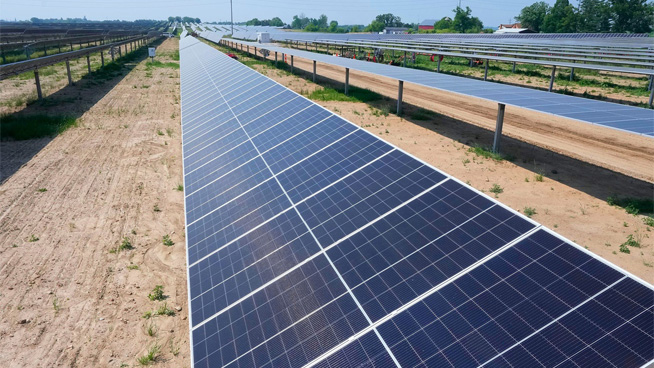
By Ken Calverley and Chuck Breidenstein
DETROIT, July 22, 2021 ~ Construction mistakes are actually fairly common in housing, but most are small and rectified quickly and the property does not suffer from them. Some take a little more effort to correct than others.
A few decades ago, the Inside Guy spent a day with a site superintendent and was touring a custom home under construction in an upscale subdivision. The exterior of the home was complete while the interior was bare studs midway through installation of the mechanicals, including wiring, plumbing and HVAC.
On the second floor, Inside Guy noticed a framed opening in the common wall between house and garage. Bisecting the opening on a rough diagonal was the top of the garage roof. You could stand at the opening and look down into the garage or look up across the finished garage roof. The Inside Guy stuck his head through the upper opening to note the siding was complete and contractors had neatly trimmed all around the opening.
When this was called to the attention of the superintendent his printable response was, “We added a window late in construction and nobody told me it was misplaced and never installed! Don’t you dare ever tell anybody what we just saw.” What the Inside Guy wouldn’t have done for a camera at that moment!
Though that mistake was corrected, we wrote last week about some of the mistakes made in housing that stay with the home until an owner has to make the correction. We promised some more of those this week. In no particular order, here are a few more.
Poorly designed, installed flashings. Flashings are devices used where dissimilar materials meet and are intended to prevent leaks where those parts of the house are joined. They should be “mechanical,” that is, a material integrated into the construction intended to last as long as the building itself.
Common places where we require flashings include any roof penetration such as chimneys or vertical walls and pipes and any wall penetration such as windows, doors and pipes. Caulks and tars are not sufficient as mechanical flashings.
The up-slope side of a chimney or wall where it penetrates the roof should also have a “cricket” or “saddle” built to divert water around and away from the wall or chimney. This is essentially a small peaked roof (it somewhat resembles a saddle) that overlays the main roof.
Installation of proper mechanical flashings and counter-flashings is quickly becoming a lost art form.
Wiring that is under fed. We often see what we consider to be too many devices like lights and receptacles on a single electrical circuit. While the circuit may meet code minimum, it isn’t practical from the perspective of anticipated use. Even with all our “energy efficient” gadgets we use more energy today than ever before and proper house wiring needs to reflect that.
HVAC Ducts poorly designed. We’ve said before the duct system is the “poor step-child” of the mechanical systems in housing. Air should flow smoothly through a duct system that is balanced with supply and return duct.
Installers are often the last to have access to the framed dwelling and many times have to “make-it-work” with a supply or return air duct that has too many bends creating poor air flow.
Poor framing design. Framing should be designed and installed to anticipate loads and installation of mechanicals like toilets and ducts. You should never have to cut a floor joist to accommodate a plumbing pipe.
Framing should be “stacked” to effectively allow for load transmission from top to bottom of building, minimize wall framing density and create larger cavities for thermal insulation.
Oftentimes floor framing will meet minimum code for the three S’s – species, span and spacing while still allowing for bounce in a “spongy” floor. A little additional investment during construction can avoid this.
Poor exterior concrete placement. We have talked about concrete in several previous articles, but two issues loom large. Proper base materials and water drainage.
Sidewalks, patios and drives should be installed on 4-6 inches of well compacted, drainable materials. We want materials that will not hold water and will not wash out from beneath the concrete, like we often see where a drive meets the curb. Sand can be a great base except that it is easily washed out.
Water drainage off the concrete requires only moderate slope and placement of the concrete such that the top of the slab is above anything around it, including the lawn. We want water drained off of and away from the concrete. Concrete is too often placed such that the ground around it is at or above the top of the placement.
Our list of such issues is long. At some future date we will endeavor to complete it. Meanwhile, know that everything in a house can be corrected. But it is far better and certainly more cost effective to get it right the first time. Like you should be able to expect from the professionals at InsideOutsideGuys.com
For more housing advice, listen to the Inside Outside Guys every Saturday and Sunday on News / Talk 760 WJR from 10 a.m. to noon or contact us at InsideOutsideGuys.com.




